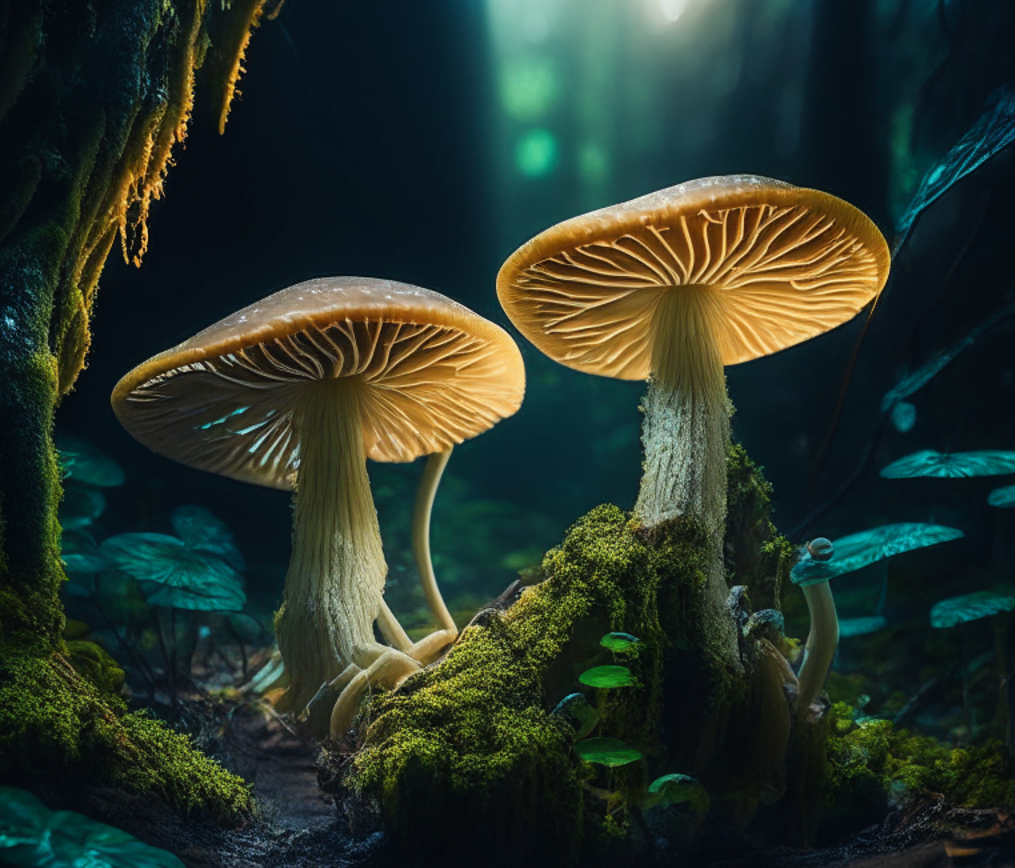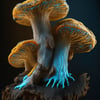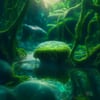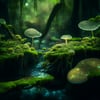Fungi and vegetable breathing
Fungi are a diverse group of eukaryotic organisms that belong to the kingdom Fungi. They can be single-celled or very complex multicellular organisms. Fungi are not plants, but they were listed in the Plant Kingdom for many years before scientists learned that they show a closer relation to animals. Fungi are heterotrophs, which means they acquire their food by absorbing dissolved molecules. They are found in just about any habitat, but most live on land, mainly in soil or on decaying matter. Fungi are incredibly diverse, with commonly encountered forms including yeast, molds, truffles, and mushrooms. Most fungi are microscopic, consisting of thread-like structures less than 10 µm in diameter named hyphae. These branching structures grow into a root-like vegetative mass named a mycelium, which acts to absorb nutrients from the environment rather than relying on photosynthesis. Fungi are subdivided on the basis of their life cycles, the presence or structure of their fruiting body, and the arrangement of and type of spores they produce.
Fungi are important decomposers in ecological systems, and they have evolved to use a lot of different items for food. Some fungi cause diseases by using living organisms for food, while others live as partners with plants and provide mineral nutrients to the plant in exchange for carbohydrates or other chemicals fungi cannot manufacture. Fungal diseases can affect humans and animals, and some fungi are capable of causing superficial, cutaneous, subcutaneous, systemic, or allergic diseases
HERE YOU GET FANTASY CREATION OF CREEPY AND NATURE FUNGI AND PLANTS IN A DENSE AND ATMOSPHERIC AMBIENT
18 IMAGES IN THE PACK
LIMITED HALF PRICE SALE !!!











